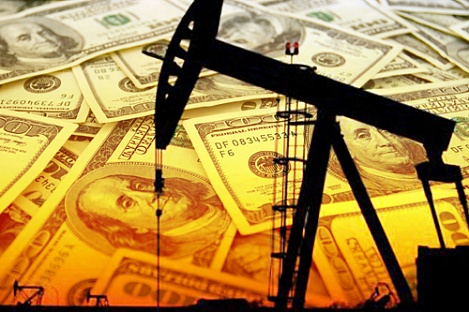Baku, Azerbaijan, Jan.24
By Leman Zeynalova – Trend:
The average oil prices are expected to be $14 per barrel higher in 2017 than in 2016, with 2017 averaging around $58/bbl, compared to $44/bbl in 2016, director of Downstream Consulting at IHS Markit (UK), Spencer Welch told Trend Jan.24.
The operating environment has definitely improved in 2017 compared to 2016, said the expert, adding that the oil market is currently balanced in terms of supply and demand and in fact, global oil stocks have fallen slightly since mid-2016.
“We expect the price to be slightly higher in 1H17, compared to 2H17, helped by the OPEC/non-OPEC cuts, but the difference is less than $1/bbl,” added Welch.
“This higher oil price is as result of not only the OPEC/non-OPEC planned supply cut, but also steadily increasing world demand for oil, which increased by 1.3 million b/d in 2016 and we expect to increase by another 1.6 million b/d in 2017.”
These two factors mean that the oil market is back in supply and demand balance – at least for now, said the expert.
In summary, in 2017, the two most important influences on the oil market will be the success of the OPEC/non-OPEC supply cut deal, both in terms of compliance level and how long the deal is sustained, and the rate of increase of US crude production, which gives every indication that it is starting to ramp up fairly fast, according to Welch.
As for the expectations regarding the targeted cuts, the expert reminded that no OPEC supply cut deal has ever had 100 percent compliance.
But so far, this one looks pretty good, as most of the 24 countries have made positive statements that they are cutting as per the plan, he added.
“However, as yet, there is no official data available. The first release will be OPEC’s report on Feb.13, which will give January production data,” noted Welch.
During a meeting in Vienna, Austria, on Nov. 30, 2016, OPEC members decided to implement a new production target of 32.5 million barrels per day. Later, non-OPEC countries agreed to cut the output by 558,000 barrels per day during the meeting held Dec. 10, 2016.
Eleven non-OPEC countries – Azerbaijan, Bahrain, Brunei, Equatorial Guinea, Kazakhstan, Malaysia, Mexico, Oman, Russia, Sudan, and South Sudan – agreed to reduce the oil output.
OPEC and non-OPEC countries pledged to start implementing the deal from Jan. 1, 2017 for six months, extendable for another six months.
---
Follow the author on Twitter: @Lyaman_Zeyn






